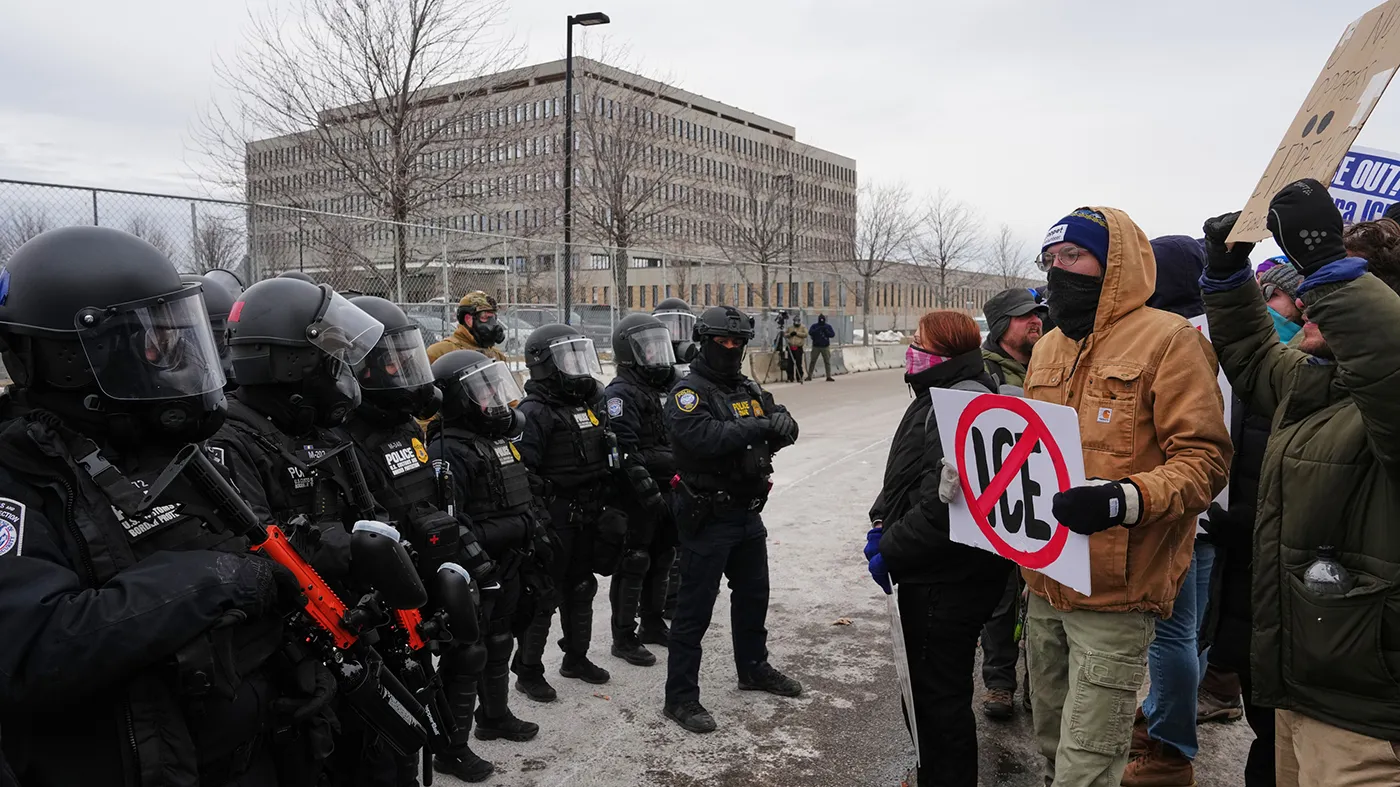We will use benevolent hegemony theory as an analytical tool to further discuss US efforts to maintain its influence at the IAEA.
Being the largest donor in an organization is an effort by the US to maintain its influence as a superpower. The US plays this role in the International Atomic Energy Agency (IAEA). Aside from supporting the development of peaceful nuclear technology, the US is interested in shaping priorities and monitoring activities that help ensure the nuclear non-proliferation agenda. Significant contributions allow the US to maintain its influence in the IAEA and potentially determine its priorities.
We will use benevolent hegemony theory as an analytical tool to further discuss US efforts to maintain its influence at the IAEA. The benevolent hegemony assumption in Snidal studies posits that a powerful state has greater power resources in a particular field and uses this power to provide a collective good for an effective international regime (Hasenclever, Mayer, & Rittberger, 2004). Benevolent hegemony is defined as one hegemon state acting as the sole provider of public goods, such as institutional arrangements that facilitate a stable international order. This hegemon actor has the initiative to provide public goods because the hegemon is the dominant beneficiary of the international regime. The essence of this benevolent hegemony approach is the ability of the dominant actor to solve a collective problem in a unipolar manner. This statement presents an argument: by becoming a major contributor, the US positions itself as a provider of public goods in the form of funding to support the implementation of the IAEA’s Technical Cooperation (TC) Program.
The IAEA’s main initiative, the TC Program, aims to assist its member states in various fields where they can apply nuclear technology for peaceful purposes. It supports projects in areas such as agriculture, human health, pharmaceuticals, food supply, water resources management, energy, nuclear power, radiation protection, nuclear safety, security, and basic sciences. The TC program offers materials, equipment, and expertise to help countries develop their nuclear capabilities in a safe, secure, and non-proliferation manner. The program aims to encourage the peaceful use of nuclear technology and foster sustainable development, particularly in developing nations. The TC program’s implementation hinges on the voluntary contributions from member states, with the US being the largest contributor (Getmansky, 2017).
The US is needed to provide public goods.
The US’s role as the largest contributor to the IAEA is one of its efforts to prioritize nuclear non-proliferation issues. The US contributes a total of about $200 million per year in measured and voluntary contributions, accounting for about 25% of the IAEA’s regular budget (CRS, 2021).Its involvement as a major contributor to the IAEA strengthens the influence of the US to gain support for non-proliferation efforts through the IAEA. This significant financial contribution is important for the IAEA to fulfill its mandate to provide public goods, such as promoting the use of nuclear energy for peaceful purposes, ensuring nuclear safety and security, and preventing nuclear proliferation. US funding supports things like the Nuclear Safety Action Plan (NSAP) and the TC project. The NSAP assists the IAEA in a variety of ways. First, it develops and promotes global safety standards for nuclear power plants, which ultimately reduce the risk of nuclear accidents. Second, member states receive technical assistance and training programs from the NSAP to enhance their regulatory framework, safety culture, and emergency preparedness measures. Third, US funding also serves to strengthen the peer review process and safety assessment of nuclear facilities in member states.
Hegemon actors are responsible for providing international public goods.
Despite being the largest contributor and wielding significant influence due to its financial contributions, the US leverages its financial power to actively shape IAEA policies and programs. By contributing a large part of its budget, the US can influence which countries receive aid and the type of aid. However, the US influence does not force the IAEA to comply with its interests. The IAEA still has its own decision-making process, involving the two main bodies of the Board of Governors and the General Conference in decision-making (Getmansky, 2017). The Board of Governors is the IAEA’s most important decision-making body and consists of 35 countries with two types of membership: appointed members and elected members. Appointed members are the thirteen most advanced nuclear states, such as Canada, China, France, Russia, the UK, and the US. Member states elect members, who serve two-year terms according to regional quotas. This Board of Governors plays an important role in determining which countries receive aid and the amount allocated.
The General Conference includes 171 member states that meet once a year to approve budgets and work programs, as well as consider issues related to nuclear science and technology, safety, security, and safeguards. The agency’s autonomy and the need for consensus among its members mean that no single country, including the United States, has absolute control over the IAEA’s actions.
What role does US funding play in establishing hegemony at the IAEA?
Through its position as an influential country, there are three advantages that the US can utilize as the largest contributor to the IAES. First, financial contributions give the US greater freedom in determining how the organization operates and sets priorities. The policy system initiates this by positioning the US as a primary promoter of the Addition Protocol (AP), which deals with aid policies. US influence also plays a role in the IAEA’s decision to consider recipient countries’ stances on issues such as nuclear non-proliferation, which aligns with US priorities.
Second, alliance building. The US uses funding to build alliances with other member states. The US funds a large part of the TC program through training, expertise, and equipment. The US designed this program to distribute assistance to member states, encouraging the peaceful use of nuclear technology in non-proliferation efforts.
Third, the US can influence the global agenda by playing an important role in maintaining geopolitical harmony. In addition to forming alliances with member states aligned with its interests, the US, through the IAEA aid acceptance policy, also forges alliances with countries with differing policy preferences under two specific conditions. First, when a country holds an influential position in the IAEA, Second, when the country makes concessions related to nuclear non-proliferation, such as joining additional protocols, This assumption suggests that the US can use its bilateral relationships to complement multilateral efforts at the IAEA. This mechanism allows the US to promote its interests in nuclear safety, security, and non-proliferation on a global stage.
The ability of the dominant states to act more effectively is due to their significant size and power.
The US aims to prevent the emergence of new nuclear adversaries by supporting the creation of a peaceful world through its involvement in the IAEA. The US uses this step to restrict the number of nuclear-capable countries, encouraging the use of nuclear technology for peaceful purposes under the IAEA safeguards program. The number of countries that are not transparent about the ownership of nuclear technology not only adds to US concerns but also threatens other countries in the world when the number of unregulated nuclear state entities increases. Therefore, to prevent this, the US seeks dominance in international organizations related to the non-proliferation of nuclear weapons. The proliferation of nuclear weapons to new states increases the risk of nuclear war, which would be catastrophic for the US and the world. However, the author argues that while financial contributions are a powerful tool, a more differentiated approach is necessary. Combining strategic funding with diplomacy, cooperation, and a focus on shared interests would be more effective for the US to maintain its influence and achieve its goals at the IAEA.




